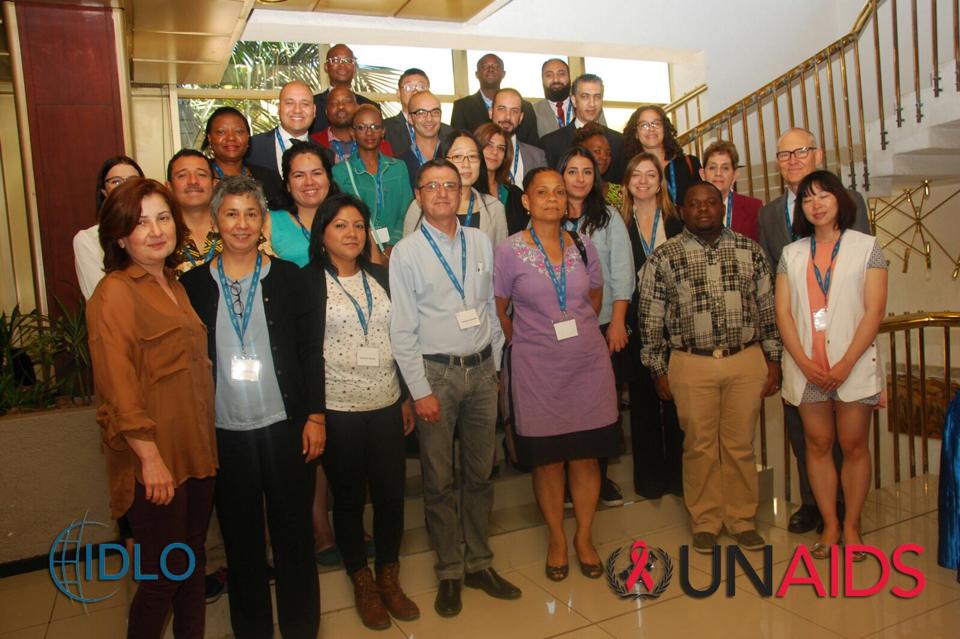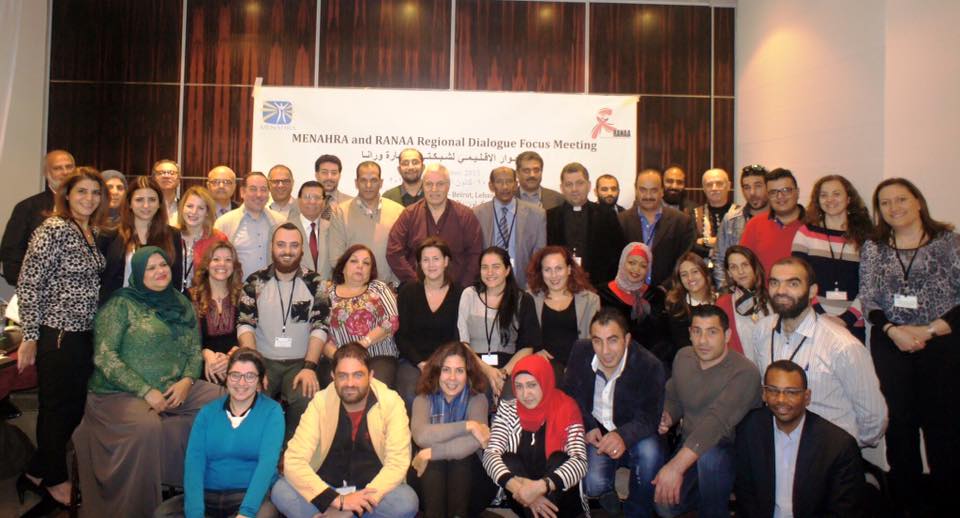Every hour across the globe, 26 adolescents aged 15 to 19 become infected with HIV. Deaths from AIDS-related illnesses among adolescents have tripled since 2000, says the United Nations Children's Fund (UNICEF) in data in a report released on 27 November.
The report, Statistical update on children, adolescents and AIDS, paints an alarming picture for young people. AIDS-related illnesses are still the leading cause of death of adolescents in sub-Saharan Africa and the second leading cause globally. Adolescents are the only population in which AIDS-related mortality is not decreasing.
Most deaths are among adolescents who acquired HIV as babies and have grown up without the testing, treatment and care they need, UNICEF contends. The data show that, for example, in sub-Saharan Africa only around 11% of 15–19-year-olds have been tested for HIV and only one in three of the world’s 2.6 million children under the age of 15 living with HIV are accessing HIV treatment.
However, things have improved dramatically for younger children in the past 15 years. Despite the fact that less than half of children under two months old are tested, fewer babies are now born with HIV and fewer are dying from AIDS-related illness.
Noting key areas of progress, UNICEF’s Executive Director, Anthony Lake, pointed out that there is still a long way to go. “The number of lives saved thanks to the AIDS response in this century is remarkable,” he said. “But for the sake of the children and adolescents still affected, and for all future generations, we cannot mistake advancement for attainment. We must do more, and do it faster than ever. That's the only way to achieve an AIDS-free generation.”
Since 2000, advances in the prevention of mother-to-child transmission of HIV have helped lead to nearly 1.3 million new infections among children being averted and a 60% reduction in AIDS-related deaths among children under four. In 2014, three in five pregnant women living with HIV accessed antiretroviral medicines to prevent transmitting the virus to their child.
The report offers a series of recommendations, including improving access to early and easy HIV diagnosis for children and supporting women, children and adolescents to stay on treatment. Investing in proven prevention programmes, educating children and keeping girls in school, and improving data, especially on adolescents, are also recommended.
Speaking at the report launch in Johannesburg, South Africa, head of UNICEF’s global AIDS programme Craig McClure said, “It is critical that young people who are HIV-positive have access to treatment, care and support.” He added that, “At the same time, those who are HIV-negative must have access to the knowledge and means to help them to stay that way.”








